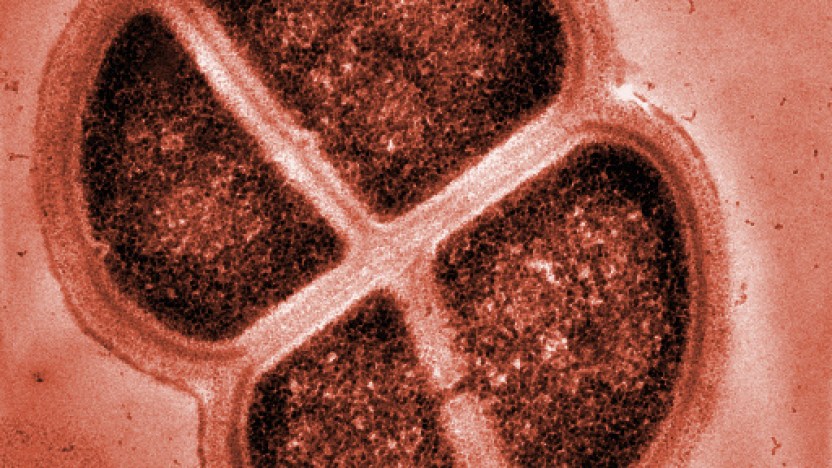Deinococcus radiodurans, commonly known as the “alien berry that endures radiation,” is among the most radioactive material bacterium anyone has ever seen. It has even been named “the world’s greatest microbe” by the Guinness Book of Records! This bacterium can tolerate a wide range of dryness, a dearth of nutrients, and, more intriguingly, a million bucks more radiation than an individual.

This bacterium, first found in the 1950s from a can of rotten meat, perplexed scientists since no creature known to humankind could tolerate such intense dryness and nuclear circumstances. This bacterium has since been extensively researched for its radiation-resistance capabilities. Studies on the International Space Station have revealed that D radiodurans may live in orbit for at least three years, if not more. Scientists are even intending to deploy them to Mars to investigate whether or not the planet is liveable. On Earth, scientists have developed many varieties of D radiodurans to operate in nuclear-contaminated habitats. In radioactive conditions, one such strain can ingest and assimilate compounds like toluene as well as heavy metals like mercury and cleanse them. Researchers are also investigating how the bacterium repairs its DNA in order to find treatments for cancer and even aging, both of which are triggered by DNA damage produced by free molecular oxygen the bacterium appears to effortlessly get rid of.

The underlying mystery is how these microorganisms withstand such high doses of radiation. Its optimized DNA repair mechanism is what renders it the toughest bacteria on the planet. High levels of radiation do disrupt D. radiodurans’ DNA at some stage during radioactive contamination, but the organisms patch it again together with such precision that it seems to be as fresh and new in a matter of a few hours. Deinococcus radiodurans, an extremely resistant bacteria, can tolerate the severe environmental temperatures seen in interstellar space. Deinococcus radiodurans was left outside the International Space Station for a year as part of the Tan Popo orbiting expedition to study microbial survivability and space flight. In fact, ground-based modeling research was conducted under circumstances similar to those seen in orbit around earth.

However, Daly and colleagues are investigating D. radiodurans possibilities in a much more exotic atmosphere orbit. The bacterium might be used in scenarios to assist scientists to determine where to look for life on other planets or somewhere else, or to learn how to avoid ‘cross-contamination’ among terrestrial and alien living organisms. Other possible uses for D. radiodurans in space, such as treating wastewater on lengthy space journeys or environmental monitoring to make the Planet’s surface more suited for human settlement, are yet speculative. But who can assume? The presence of D. radiodurans implies that practically anything is imaginable.


